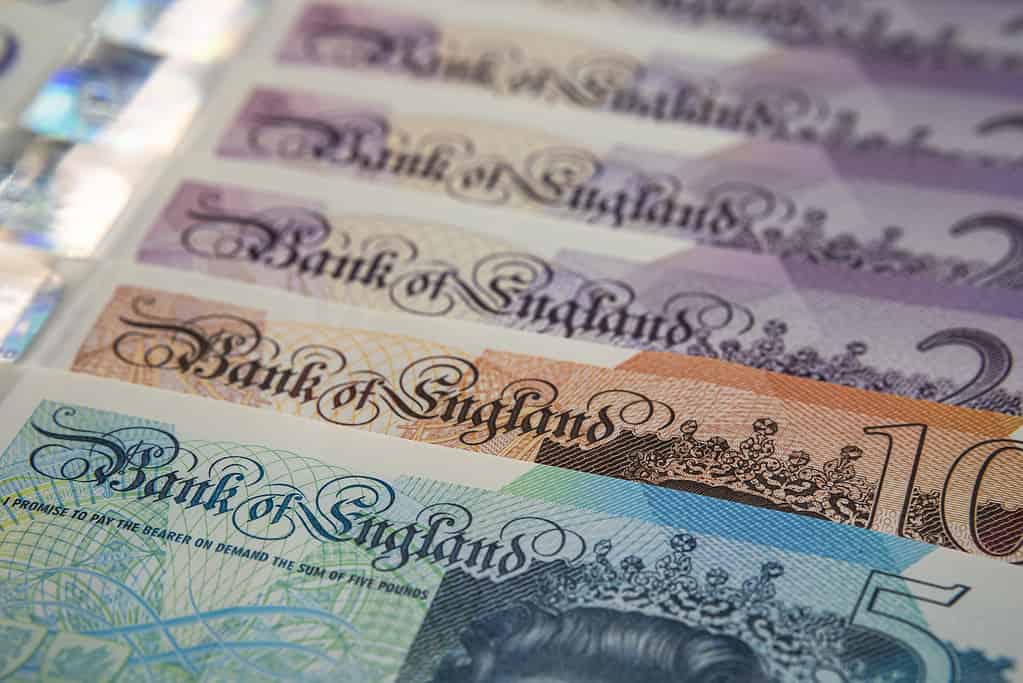While we have seen a big cash increase in investment of 24% in R&D since 2018, much of that has been eaten away by the effect of inflation, with the increase just 2% when inflation is factored in. Underneath the headline figure, there are welcome increases in public investment, but concerning decreases in business investment.
GERD 2023
The latest Gross Expenditure on R&D (GERD) release shows that in 2023 the UK invested £72.6 billion in R&D. This continues an existing trend of increasing, cash investment in recent years, with £69.5 billion[1] and £66.3 billion invested in 2022 and 2021, respectively, in current prices. However, high inflation over this period continues to negate this cash increase, with levels of R&D investment in constant, inflation-adjusted prices falling since 2021.
[1] CaSE notes that the cash value for total expenditure on R&D in 2022 has been revised down to £69.5 billion in this latest data release, from the value of £70.7 billion reported last year for 2022.
Falling business expenditure in R&D
While in previous years, the overall increases in R&D investment were largely driven by annual increases in business expenditure in R&D, the same cannot be said for 2023. The latest data shows that, while overseas R&D investment has seemingly recovered from a dip in 2022, business expenditure on R&D has fallen in cash terms from £42.7 billion in 2022 to £41.1 billion. This decrease represents an even more pronounced decline in business expenditure on R&D when adjusted for inflation (as shown in the graph below).
Whereas public spending on R&D increased in 2023, with government expenditure on R&D increasing from £7.1 billion in 2022 to £8.1 billion in 2023 in constant, inflation-adjusted terms. Taken together, these trends paint a concerning picture with reductions in business expenditure on R&D broadly cancelling out recent increases in public spending on R&D, rather than the uplift in public spending stimulating increased private spending, as recent economic modelling would suggest.
CaSE will be continuing to monitor and interrogate this reduction in business expenditure on R&D, including exploring how barriers businesses face when investing in R&D can be alleviated to strengthen the business R&D environment, as set out in CaSE’s report, Backing Business R&D.
The picture is also complicated by the fact that across the years 2020-2022 the COVID-19 pandemic would have had an impact on both public and private investment in R&D. As we are unable to untangle these effects any trends over the last few years should be interpreted with this in mind.
GERD as a percentage of GDP
This latest ONS release also includes data on R&D expenditure as a percentage of GDP.
As was the case last year, while the current data seems to show a decrease in R&D spending as percentage of GDP in recent years, this trend is still predominantly driven by a peak in 2020, at 2.96% of GDP, presumably reflecting the major dampening effect of the COVID-19 pandemic that year on UK GDP.
It should be noted that the ONS is expected to publish revised values for GDP next week, on 19 August 2025, reflecting the impact on GDP of recent changes to ONS estimation methodology for R&D expenditure. The values on R&D expenditure as a percentage of GDP in today’s data release should therefore be treated as provisional while we await the revised values.



